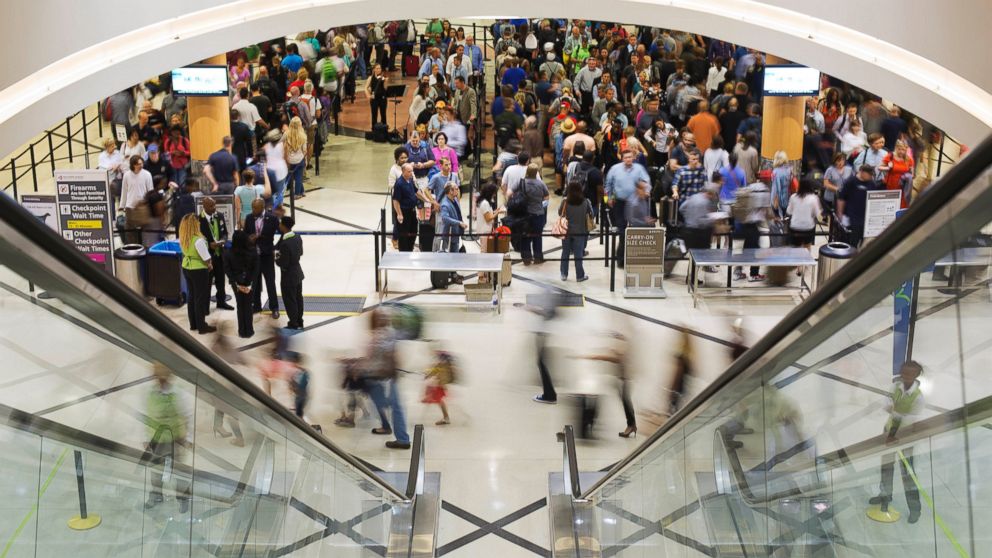6 Questions the TSA Should Answer Right Now
FareCompare CEO Rick Seaney wants answers.

— -- First it was just a couple of senators; then Homeland Security also began blaming long lines at TSA security checkpoints on airline bag fees, saying too many fee-avoiders with too many carry-ons were slowing the lines.
Does that answer all our questions about the chaos at the airports?
No way.
Security delays are the result of a big miscalculation. TSA had a goal of 25 million passengers in PreCheck (the faster security screening experience) but only about a third of that number has signed up.
Nevertheless, the TSA downsized staffing over the past few years in anticipation of a huge PreCheck surge. When that didn’t happen, they turned to the airlines, which are private companies, and said, you really should drop those bag fees. Since the airlines have been charging these fees for 8 years now, raking in more than $3 billion a year of late, carriers were understandably unenthusiastic.
The Problem: Long, Long Lines
Dropping bag fees is not a solution, it's public relations; PR 101 is the earnest TSA apology for the long lines and long waits at the nation's airports, followed by PR 201, which is deflection that plays out as, "It's not us, it's the airlines." PR 301, the head of the TSA's security operations is replaced. Why do I feel like we're witnessing a spat amongst ninth graders -- or more to the point, an episode from "I Love Lucy?"
Remember Lucy and Ethel in the chocolate factory? The chocolates on the conveyor belt are travelers heading through security and the TSA simply doesn't have enough Lucys and Ethels to sort them. The result is chaos, but it didn't have to happen.
The TSA has had 15 years to work on one main task, getting the proverbial chocolates from point A to point B as efficiently as possible. Sure, travelers are not always cooperative, but security has had 15 years to deal with that, too.
6 Questions TSA Security Needs to Answer
I have six questions for the TSA. The right answers could ease airport congestion.
1. Back in January 2011, the TSA said it would no longer approve new airport requests to handle their own screening (though 22 airports still have private contractors). Given the current situation, why not revisit this edict?
2. The TSA knows (at least I hope so, and without identifying passengers' deep personal details) how many people fly each and every day, what time they fly, how frequently, and where they are likely to enter the airport based on their gate assignment. If they're not mining this data to beef up security where needed and cut back at near-empty lines, why not?
3. The TSA can discern statistically (I hope) how many first-time fliers can be expected on any given day, what time periods such people are likely to fly and how many will need extra time going through security. If they aren't analyzing such useful numbers for problem-solving, why not?
4. The TSA also has a few interns or employees that can be provided with stop watches to time security lines to further plan staffing levels to maximum effect. If they aren't taking such measurements, why not?
5. The TSA can arrange to post cameras at security lines (wide shots or faces blurred) so airlines could live-stream to apps or social media to give travelers an honest look at lines to avoid and lines to flock to. If they aren’t doing this, why not?
6. The TSA should be talking to experts in the field of moving long lines of people; they could start with the folks at theme parks. If they aren’t talking to these people, why not?
Now that we know what can be done, I suggest we turn over all this information to a ninth grader who will then slap on some Algebra II magic and provide the TSA with the information it needs to properly estimate and deploy their screening officers.
Or we can just continue as is, leaving Lucy and Ethel in charge.
Any opinions expressed in this column are solely those of the author.




